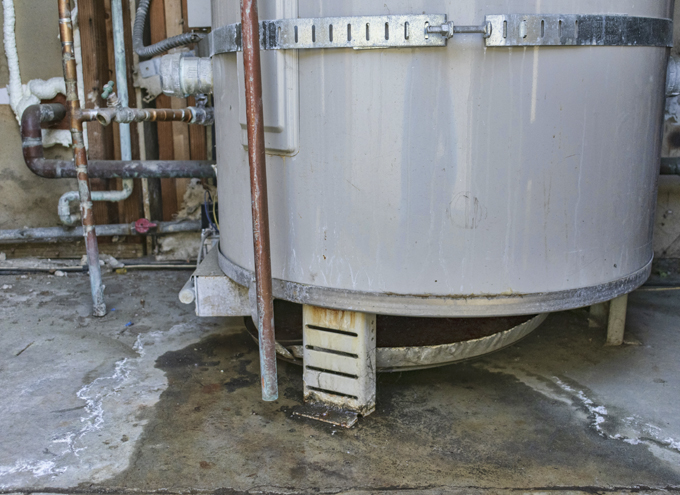Here on the next paragraphs you can find a bunch of professional answers with regards to Think Twice Before Flushing Food Down Your Toilet.

Intro
Many people are usually confronted with the issue of what to do with food waste, specifically when it comes to leftovers or scraps. One typical question that develops is whether it's all right to flush food down the toilet. In this post, we'll look into the reasons that individuals may consider flushing food, the repercussions of doing so, and alternate approaches for proper disposal.
Reasons individuals might consider purging food
Absence of awareness
Some people might not understand the possible injury brought on by flushing food down the bathroom. They may erroneously think that it's a harmless practice.
Ease
Purging food down the toilet may feel like a quick and easy service to disposing of undesirable scraps, especially when there's no neighboring trash can offered.
Laziness
In some cases, people may just pick to flush food out of sheer negligence, without considering the effects of their actions.
Consequences of flushing food down the toilet
Ecological impact
Food waste that ends up in rivers can contribute to contamination and harm marine ecosystems. Additionally, the water used to flush food can strain water resources.
Plumbing problems
Flushing food can cause clogged pipes and drains pipes, creating costly pipes repairs and hassles.
Sorts of food that should not be flushed
Coarse foods
Foods with coarse structures such as celery or corn husks can obtain entangled in pipelines and create blockages.
Starchy foods
Starchy foods like pasta and rice can take in water and swell, resulting in clogs in pipes.
Oils and fats
Greasy foods like bacon or cooking oils need to never be purged down the bathroom as they can strengthen and trigger blockages.
Proper disposal techniques for food waste
Using a waste disposal unit
For homes geared up with garbage disposals, food scraps can be ground up and flushed with the pipes system. Nonetheless, not all foods are suitable for disposal in this fashion.
Recycling
Certain food product packaging products can be reused, lowering waste and minimizing environmental impact.
Composting
Composting is a green way to throw away food waste. Organic materials can be composted and made use of to enhance dirt for horticulture.
The significance of proper waste administration
Reducing ecological injury
Appropriate waste administration practices, such as composting and recycling, assistance minimize air pollution and maintain natural resources for future generations.
Safeguarding pipes systems
By avoiding the method of flushing food down the commode, house owners can prevent expensive pipes repairs and maintain the stability of their plumbing systems.
Final thought
Finally, while it might be alluring to purge food down the bathroom for ease, it is very important to recognize the prospective repercussions of this action. By taking on appropriate waste monitoring methods and dealing with food waste sensibly, people can add to much healthier pipes systems and a cleaner setting for all.
FLUSH FOOD DOWN THE TOILET?
FLUSHING FOOD CAN CAUSE BLOCKED DRAINS IN YOUR HOME
All of the plumbing fixtures in your home are connected to the same sewer pipe outside of your home. This outdoor sewer pipe is responsible for transporting all the wastewater from your home to the Council sewer mains. Even small pieces of food that go down the kitchen sink can cause problems for your sewer. It should therefore be obvious that flushing larger bits of food, such as meat, risks a clog in either the toilet itself or the sewer pipes. Flushing greasy food is even more problematic because oil coagulates when it cools, coating the interior lining of your pipes.
THE TOILET IS NOT A BIN
Food isn’t the only thing that people shouldn’t be flushing down the toilet. People use the toilet to dispose of all kinds of things such as tampons, makeup wipes, dental floss, kitty litter and even underwear. Water goes to great lengths to educate residents about the high costs and stress placed on wastewater treatment systems simply from people flushing the wrong stuff down the toilet. It costs taxpayers millions of dollars each year, and homeowners thousands in blocked drain repairs.
FLUSHING FOOD IS A WASTE OF WATER
Flushing food is a waste of our most precious resource - water. In June this year Level 1 water restrictions were introduced to protect water supply from drought conditions. Much of New South Wales continues to be affected by prolonged drought with recent figures revealing up to 97 per cent of the state remains in drought. Depending on whether you have a single or dual flush toilet, every single flush uses between five and 11 litres of water. In the current climate this is a huge amount of water to be wasting on flushing food that should be placed in the bin (or better yet, the compost).
https://www.jabplumbingsolutions.com.au/blog/can-you-flush-food-down-the-toilet

I was guided to that write-up about through a pal on our other domain. Are you aware of somebody who is in the market for Flushing Food Down the Toilet?? Do not hesitate to promote it. I truly appreciate your readership.
Book Instantly

